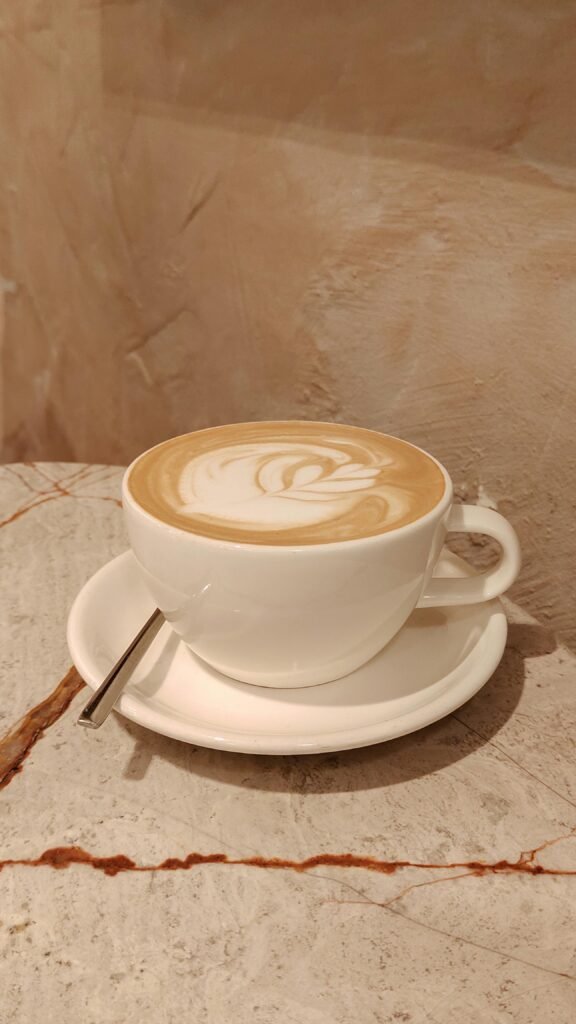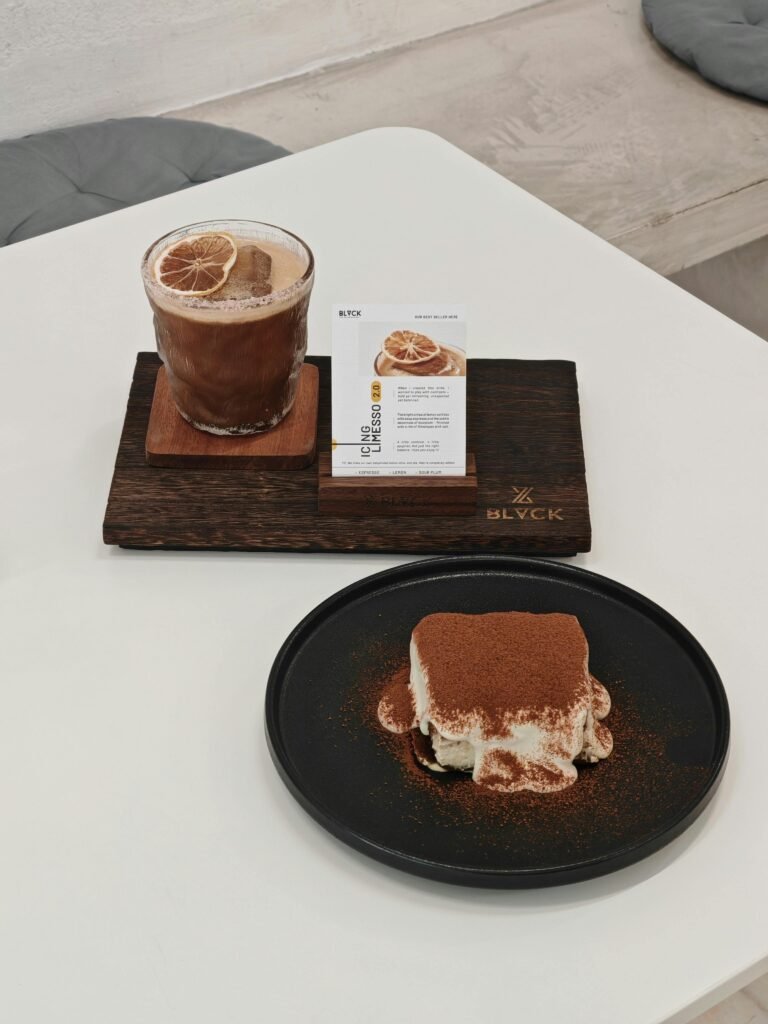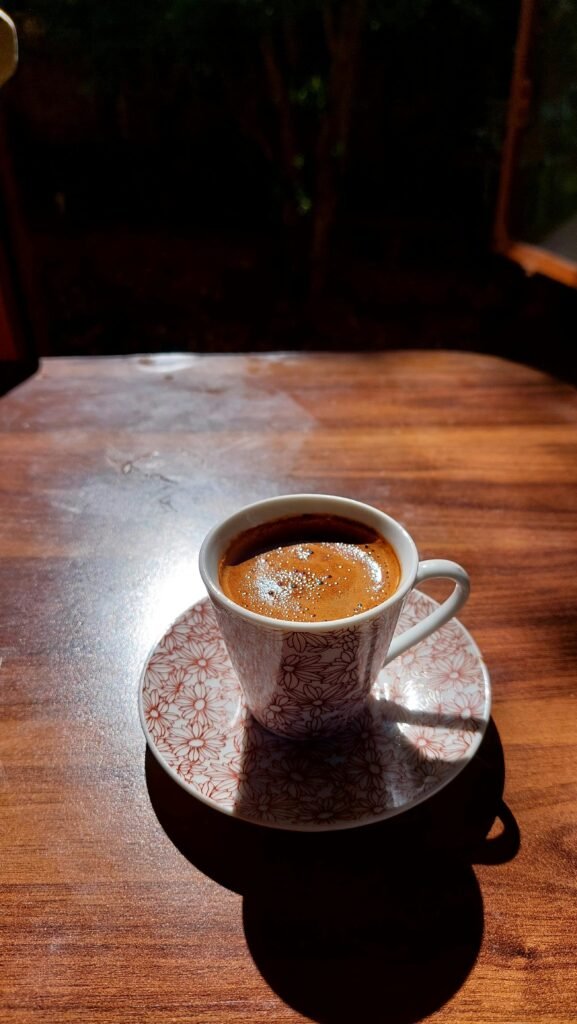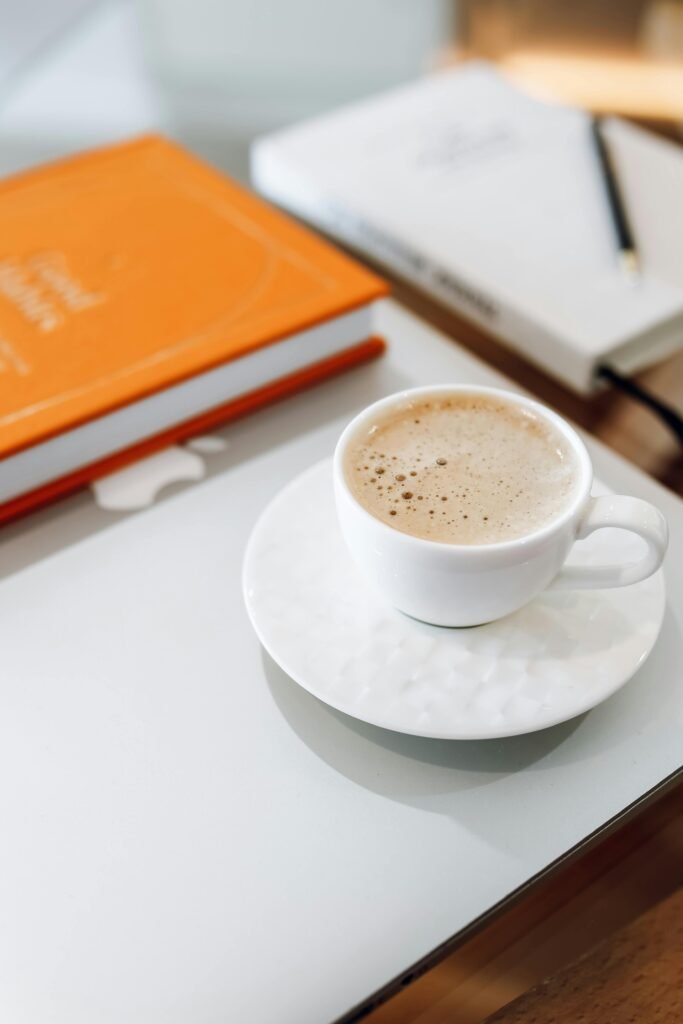The alarm blares, the emails pile up, the deadlines loom. In the relentless rhythm of modern life, there’s a universal impulse that transcends borders and cultures: the need for a pause. A moment to breathe, reset, and perhaps, most importantly, connect. While often perceived simply as a quest for a caffeine jolt, the act of taking a “coffee breaks” is, in fact, a profound and multifaceted social ritual woven into the very fabric of societies across the globe. It’s far more than just a drink; it’s a fundamental human practice, a silent agreement to step away from the task at hand and engage with the world – and the people – around us.

From the lightning-fast pausa caffè of Italy to the leisurely, pastry-laden fika of Sweden, the contemplative quiet of a Japanese kissaten or workplace coffee moment, the elaborate ceremony of Ethiopia, and the convivial merienda of Latin America, coffee breaks manifest in myriad forms. Each variation tells a story about the culture it inhabits – its pace, its values, its approach to work and relationships. This article will explore how the seemingly simple act of taking coffee breaks serves as a vital social ritual, fostering connections, shaping workplace culture, and reflecting the unique rhythms and values of different societies around the world.
More Than Just a Caffeine Fix: The Core Social Functions
At its heart, the coffee break is a dedicated space for social interaction, often unstructured and informal. It provides a crucial counterpoint to the focused demands of work or the routines of home life. This interstitial time allows for the organic growth of relationships, moving beyond professional pleasantries to explore personal common ground. Anecdotes about weekend plans, shared frustrations, or simple jokes exchanged over steaming mugs build camaraderie and strengthen bonds in ways that formal meetings rarely can.

This informal setting also transforms the coffee break into a dynamic hub for information exchange. It’s the modern equivalent of the ancient marketplace or the traditional water cooler. News travels, ideas are brainstormed spontaneously, and problems are often solved through casual conversation rather than planned collaboration sessions. Important updates, subtle shifts in the group dynamic, or even crucial project insights can emerge from these relaxed moments, proving that sometimes, the most productive conversations happen when you’re not talking about work directly.
Beyond the social and informational aspects, the coffee break is a vital tool for mental and emotional well-being. Stepping away provides a necessary cognitive break, allowing the mind to rest and return to tasks with renewed focus and creativity. Coupled with social interaction, this pause also serves as a powerful stress reliever. Sharing a laugh, venting a frustration, or simply enjoying comfortable silence in company can diffuse tension and improve mood, directly contributing to individual resilience and overall group morale.
Furthermore, the subtle dynamics observed during coffee breaks can reveal and reinforce social norms and structures within a group or workplace. Who takes breaks together? How long do they last? Is it a communal activity or individual? These unwritten rules often reflect hierarchical structures, cultural values around time and efficiency, and the overall level of trust and openness within the environment. Understanding these dynamics provides valuable insight into the social architecture of a group.
A Global Tapestry of Coffee Rituals
The universal need for a break manifests in wonderfully distinct ways, each reflecting the unique flavour of its culture.
Italy: The Art of the Quick Pausa Caffè
In Italy, the coffee break, or pausa caffè, is typically a swift, intense affair centered around a perfectly pulled espresso. This isn’t a lingering sit-down; it’s often a standing ritual at the bar of a local pasticceria or caffè. The air buzzes with rapid-fire conversation – greetings, quick updates, a brief exchange on the day’s events – all compressed into a few potent minutes. The focus is on the quality of the coffee, the efficiency of the transaction, and the fleeting but vital social connection. It embodies the Italian appreciation for life’s small, perfect pleasures and the ability to weave sociality into even the shortest pause. The small cup, the intense flavour, the speed – it’s a jolt not just of caffeine, but of social energy, perfectly fitting the dynamic pace of Italian life.

Sweden: Embracing the Cozy Fika
Contrast the Italian sprint with the Swedish marathon of fika. Fika is not just a coffee break; it’s a cultural institution, a mandatory pause for coffee (or tea) and pastries, often cinnamon buns (kanelbullar), with colleagues, friends, or family. It’s intentional, scheduled, and unhurried. Fika is about slowing down, connecting on a deeper level, and fostering a sense of lagom – balance and moderation – and hygge – coziness and well-being. In the workplace, fika is seen as essential for collaboration and building an egalitarian atmosphere. Everyone, regardless of rank, participates, reinforcing the Swedish value of equality. It’s a moment to truly disconnect from tasks, share personal stories, and strengthen the collective bond.

Japan: The Tranquility of the Kissaten and Workplace Nuances
Japanese coffee culture presents a different spectrum. Traditional kissaten (coffee houses) historically offered serene, often quiet spaces for contemplation, listening to music, or focused conversation, sometimes with a formal air. While still existing, modern workplace coffee culture might involve quick breaks with canned or vending machine coffee, reflecting efficiency. However, even within this, there’s an underlying value placed on group harmony and understanding the unstated social cues. While perhaps less overtly boisterous than other cultures, shared moments over coffee in a Japanese office can still serve as important opportunities for building nemawashi (laying the groundwork for decisions through informal talks) or simply fostering group cohesion through quiet presence and mutual respect. The social element might be more reserved, but the importance of the shared pause, however brief or understated, remains.
Ethiopia: The Spiritual and Communal Coffee Ceremony
Journey to Ethiopia, the birthplace of Arabica coffee, and the coffee break transforms into a deeply significant, time-consuming ceremony (bunna). More than just a drink, it’s an act of hospitality, respect, and community bonding. The ritual involves roasting the green beans over charcoal, grinding them, and brewing the coffee in a traditional clay pot called a jebena. The process is slow, aromatic, and visually captivating, often accompanied by incense. Guests are served small, handleless cups, typically three rounds of progressively weaker coffee, each providing ample time for conversation, storytelling, and strengthening social ties. Refusing the ceremony is considered impolite. This is not a quick break; it’s a dedicated event, underscoring the profound cultural and spiritual importance of coffee and the value placed on communal gathering.

Latin America: The Extended Merienda or Coffee Time
In many parts of Latin America, coffee time, often integrated into the late-afternoon merienda, is a more relaxed and extended affair than the Italian model. It’s a time to gather, often with family or friends, accompanied by a variety of pastries, bread, or other snacks. The pace is slower, encouraging deeper conversations and shared enjoyment of food and company. It’s a fluid social occasion, less bound by strict time limits, reflecting a cultural emphasis on relationships, leisure, and the simple pleasure of lingering over good company and a warm drink. The type of coffee varies by region, from strong espresso-like tinto in Colombia to milky café con leche, but the social core remains constant.
Other examples abound – the strong, often cardamom-spiced coffee of the Middle East served as a sign of hospitality, the structured kopi breaks in Southeast Asian kopitiams where business deals and social connections intertwine, the filter coffee rituals in Nordic countries beyond Sweden. Each adds another unique thread to the global tapestry of coffee as a social catalyst.

The Coffee Break in the Modern Workplace
The traditional idea of a fixed “coffee break” time slot has evolved, particularly in modern, flexible, or remote work environments. Yet, the underlying need for these pauses persists. Companies increasingly recognize that banning or discouraging breaks can be detrimental to morale and productivity. Instead, many foster cultures where employees feel empowered to take informal breaks as needed, trusting them to manage their time.

The impact of these breaks on productivity and collaboration is a subject of ongoing discussion. While some argue that time spent on breaks is time away from tasks, proponents emphasize the benefits: reduced burnout, enhanced creativity sparked by informal brainstorming, improved communication, and stronger team cohesion which facilitates smoother collaboration on projects. A well-timed break can prevent errors, overcome mental blocks, and foster a more positive and productive work atmosphere.
A company’s approach to coffee breaks can be a powerful indicator of its culture. Do leaders take breaks with their teams? Are there comfortable spaces provided? Is the break seen as a right or a privilege? These subtle cues communicate values regarding employee well-being, trust, and teamwork, directly influencing employee morale and loyalty.
The rise of remote and hybrid work presents a challenge to the classic “water cooler” effect. Spontaneous, serendipitous encounters are harder to replicate in a purely virtual setting. While virtual coffee chats or dedicated social channels attempt to fill this void, they often lack the organic flow and non-verbal cues of in-person interaction. Finding ways to intentionally create informal connection points in the digital age is a key task for maintaining team cohesion and company culture.
Beyond the Daily Grind: Coffee Breaks in Other Contexts

The social ritual of the coffee break isn’t confined to the workplace. In many cultures, sharing coffee is a fundamental aspect of family and home life. It’s the morning ritual shared between partners, the afternoon catch-up with a parent, or the welcoming gesture offered to guests arriving at your home. The simple question, “Would you like some coffee?” is often the prelude to connection and conversation.
Coffee also plays a role in broader community gatherings. From post-religious service mingling to neighbourhood meetings, book clubs, or volunteer groups, coffee often serves as the informal facilitator of social interaction, providing a comfortable and accessible medium for people to gather, talk, and strengthen community ties.
The enduring popularity of coffee shops globally highlights their significance as “third places” – social environments separate from home and work where people can gather, build community, or simply exist in a public space among others. They function as informal meeting rooms, study halls, creative hubs, and vital spaces for urban social interaction, often fueled by the shared act of enjoying coffee.
The Future of the Coffee Break: Adapting and Enduring
As technology continues to shape how we live and work, the format of the coffee break may evolve further. Virtual reality might one day offer more immersive digital “break rooms,” or asynchronous communication tools could facilitate micro-breaks and connections throughout the day. Changing workstyles, particularly the permanence of remote and hybrid models, will necessitate creative solutions for replicating the benefits of spontaneous in-person interactions.

However, regardless of the form it takes, the core human need that the coffee break fulfills – the need for connection, for a pause, for shared moments outside of obligation – remains constant. Technology and changing work structures may alter the setting, but they cannot erase the fundamental desire for social interaction that this simple ritual serves.
Conclusion
From the lightning speed of an Italian espresso bar to the contemplative pace of an Ethiopian ceremony, the coffee break, in its myriad global expressions, is far more than just the consumption of a beverage. It is a vital social glue, a cultural mirror, and a testament to the universal human need for connection and pause. It’s a moment to step out of the task-oriented flow, to see and be seen, to listen and be heard, to reaffirm our place within a community, whether that’s a family, a workplace, or a nation.
So, the next time you take a coffee break, pause for a moment before you take that first sip. Observe the ritual around you. Notice who is there, the nature of the conversations, the feeling in the air. Or perhaps, reach out and initiate a coffee break connection with someone new. In this humble act lies a powerful opportunity – a daily dose of connection, shaping our social world, one sip at a time.

